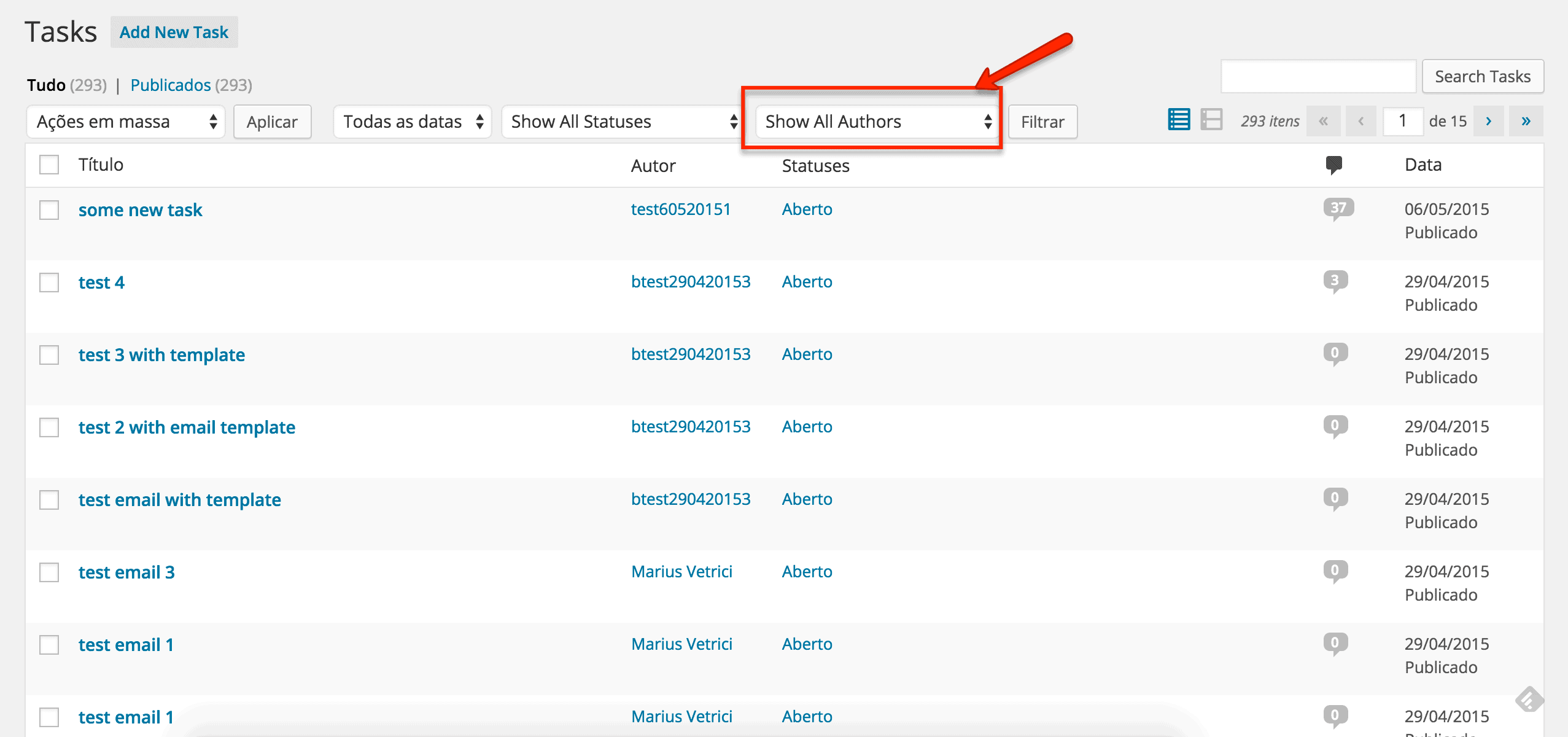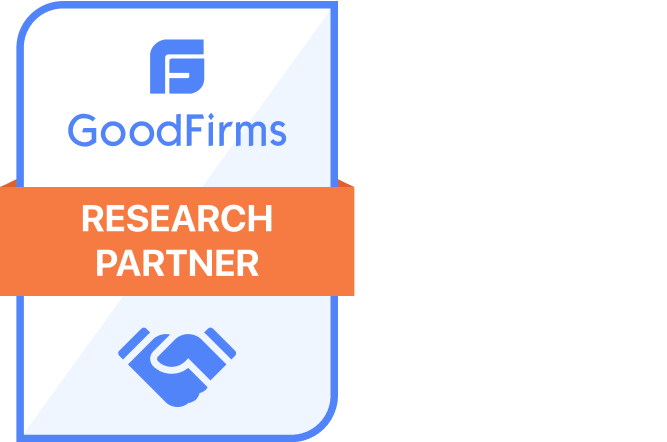In response to growing interest in Webflow vs WordPress for SaaS websites, we decided to conduct our own data-based research to yield deeper (and hopefully more helpful) insights for those of you weighing the pros and cons between the two.
Having developed over 1500 web projects for a wide range of businesses, at WPRiders, we know first-hand how important it is to select the right web development tools suited to a project’s needs and goals. Therefore, to ensure an objective analysis in our research, we’ve made it a point to present our observations and findings on a strictly factual basis to minimize any WordPress or Webflow bias on our part.

Following up on our previous CWV-focused article in this “Webflow vs WordPress for SaaS” series, this article explores the effectiveness of both platforms for funnel marketing. To add depth and context to our research, we’ve also included opinions from marketing specialists as well as Webflow and WordPress professional users.
Key Findings: WordPress vs Webflow Insights at a Glance
- Webflow is a more cohesive and user-friendly interface for building dynamic landing pages showcasing template libraries. Compared to WordPress, Webflow is the better choice for template library funnels.
- If you are using a Glossary funnel and a Blog on your website and need separate search results on different pages, WordPress is the clear choice.
- WordPress offers more flexibility and customization options than Webflow. This makes WordPress a better choice for developers who want to create complex and highly customized SaaS funnels.
- Webflow is a better choice for small businesses and startups that need to get their SaaS funnels up and running quickly. WordPress is a better choice for businesses that need a more scalable and customizable solution.
Our research sample for this study consists of 40 SaaS websites, specifically the top 10 WordPress and top 10 Webflow SaaS websites by traffic for:
- Established SaaS companies, and
- Traction SaaS companies—SaaS companies that secured their first seed funding in the last 12 months (based on data by Crunchbase)
For further reading: full details of the SaaS websites we researched.
Objective: Framing the WordPress vs Webflow Comparison
This article’s aims are two-fold:
- To provide an objective comparison of the two platforms so marketing specialists and founders of Saas companies can make an informed decision;
- To highlight underutilized WordPress plugins that will boost your funnel efficiency and save development costs.
As experienced web developers, we know how important it is to choose a web platform that’s the best match for an organization or project’s specific needs—strategically and practically.
And while we’re at it, we believe in sharing useful development hacks to save you time and money. At the end of the day, it’s about completing projects efficiently, on time and within budget. We hope you’ll find the following insights helpful.
When planning your funnel type, it’s also critical to consider ongoing upkeep. For example, if you choose WordPress, budgeting for WordPress monthly maintenance and staying aware of WordPress maintenance pricing can help ensure your SaaS website remains secure and high-performing over time.
Main Takeaways
Here’s what you need to know when deciding between Webflow vs WordPress for your SaaS website:
- Based on our research, both Webflow and WordPress are well-suited for SaaS marketing websites, though there are nuances for each option based on funnel type:
- For blog content marketing where commenting is an essential feature, we recommend WordPress.
- For Template Library Funnels, Webflow would be the recommended option as the simple CMS feature is handier for dynamic content landing pages.
- If you are using a Glossary funnel and a Blog on your website and need separate search results on different pages, WordPress is the clear choice.
- The Calculator funnel is easier to build on WordPress using Gravity Forms or Ninja Forms no-code form builders.
- The Directory funnel lends itself to both Webflow and WordPress. If you need a geolocation search, WordPress is the recommended option.
- The WordPress sites we studied are missing out by not utilizing WordPress plugins for certain funnel features such as:
- job boards
- event registration
- webinars,
- affiliate systems.
Instead, they opt for custom-built or third-party options, which is a lost opportunity.
12 SaaS Funnels Using Webflow & WordPress: How They Stack Up
Lead Generation Funnel: WordPress vs Webflow Approaches
This is one of the most basic marketing funnels. It typically consists of a landing page that directs visitors to other web pages while encouraging a specific action, such as getting in touch for more information or submitting a contact form to book a demo or consultation, etc.
Webflow example: BibiloCommons

WordPress example: iCIMS

Observation:
This is by far the most popular funnel type across the board: 38 out of the 40 websites we studied feature a lead generation funnel, except 2 Webflow traction sites.
Blog Content Marketing Funnel: WordPress vs Webflow Approaches
More than half of the websites we analyzed feature a blog—an important funnel type for building content authority and credibility. When comparing WordPress vs Webflow, both platforms offer blog functionality, but WordPress stands out with its robust content management features, while Webflow appeals to those seeking visual design flexibility. Regardless of the platform, blog content often serves as a gateway for prompting readers to subscribe to a newsletter—a key element for lead nurturing and email marketing.
Webflow example: Zenoti
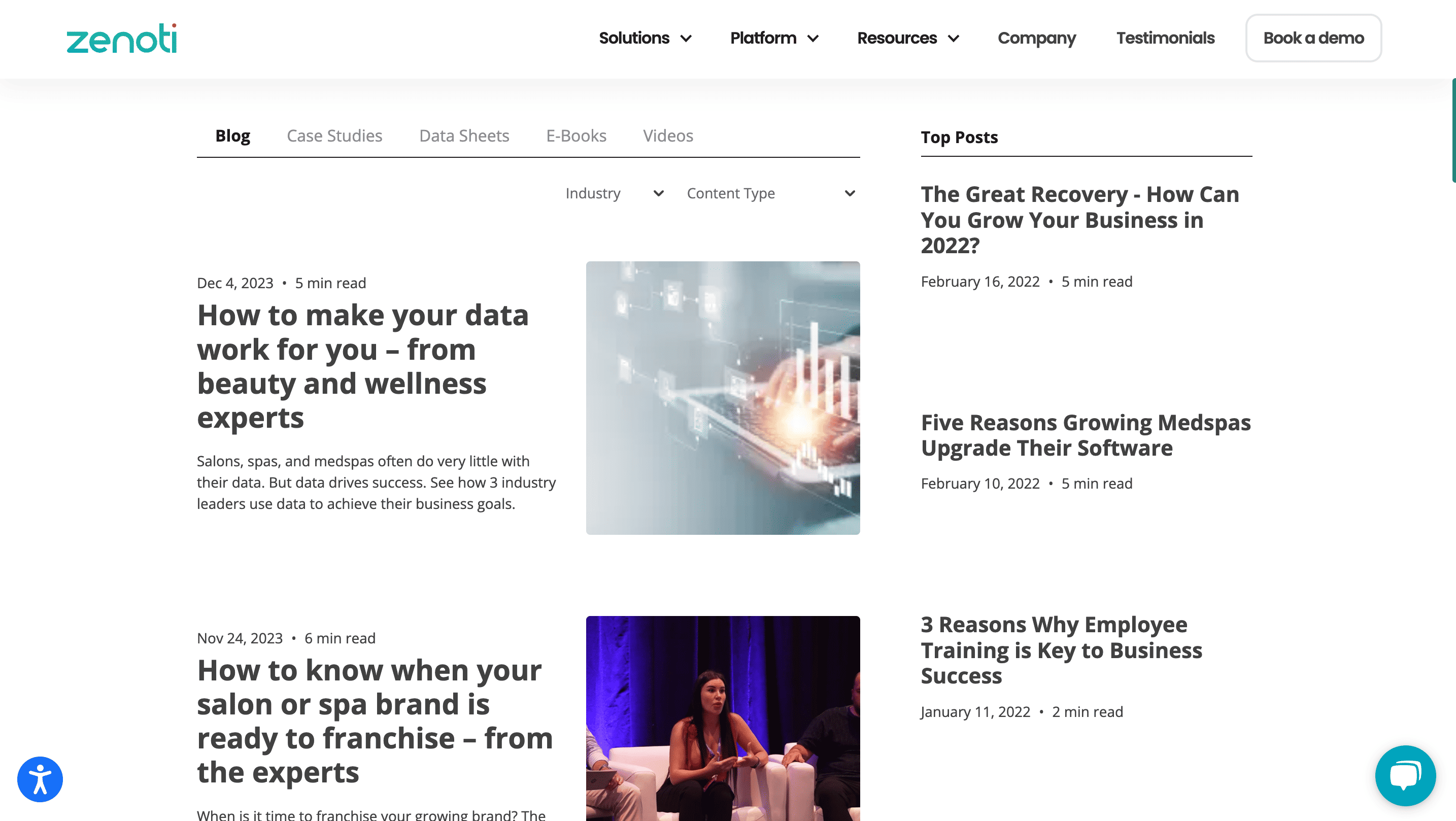
WordPress example: Singular

Observation 1: Blog commenting feature
A surprising discovery we made was that none of the Webflow blogs we reviewed have comments enabled in the articles.
On WordPress blogs, comments are natively built-in and automatically support both user logins and anonymous commenting.
Webflow blogs, however, require additional effort to build the commenting feature. Anonymous comments require using a Webflow form to create a CMS item, linked through a multi-reference field, to the blog post CMS item. Logged-in commenting is even more complex to build, requiring integration with the Webflow membership for user login.
The easier between WordPress vs Webflow would be the Webflow option would be to use a third-party commenting solution.
Comments are user-generated content and a valuable source of data for marketers. On WordPress, the comments are stored on the platform, giving you total ownership of the data. However, if you opt for a third-party solution on Webflow, the data will be subject to the external party’s terms and conditions.
This makes WordPress the better choice for blogs where commenting is concerned.
Observation 2: Other popular blog features
The websites we surveyed also utilize the following blog features:
Masonry blog layout
WordPress example: SmartRecruiters

Dynamic table of contents
Webflow example: MessageDesk
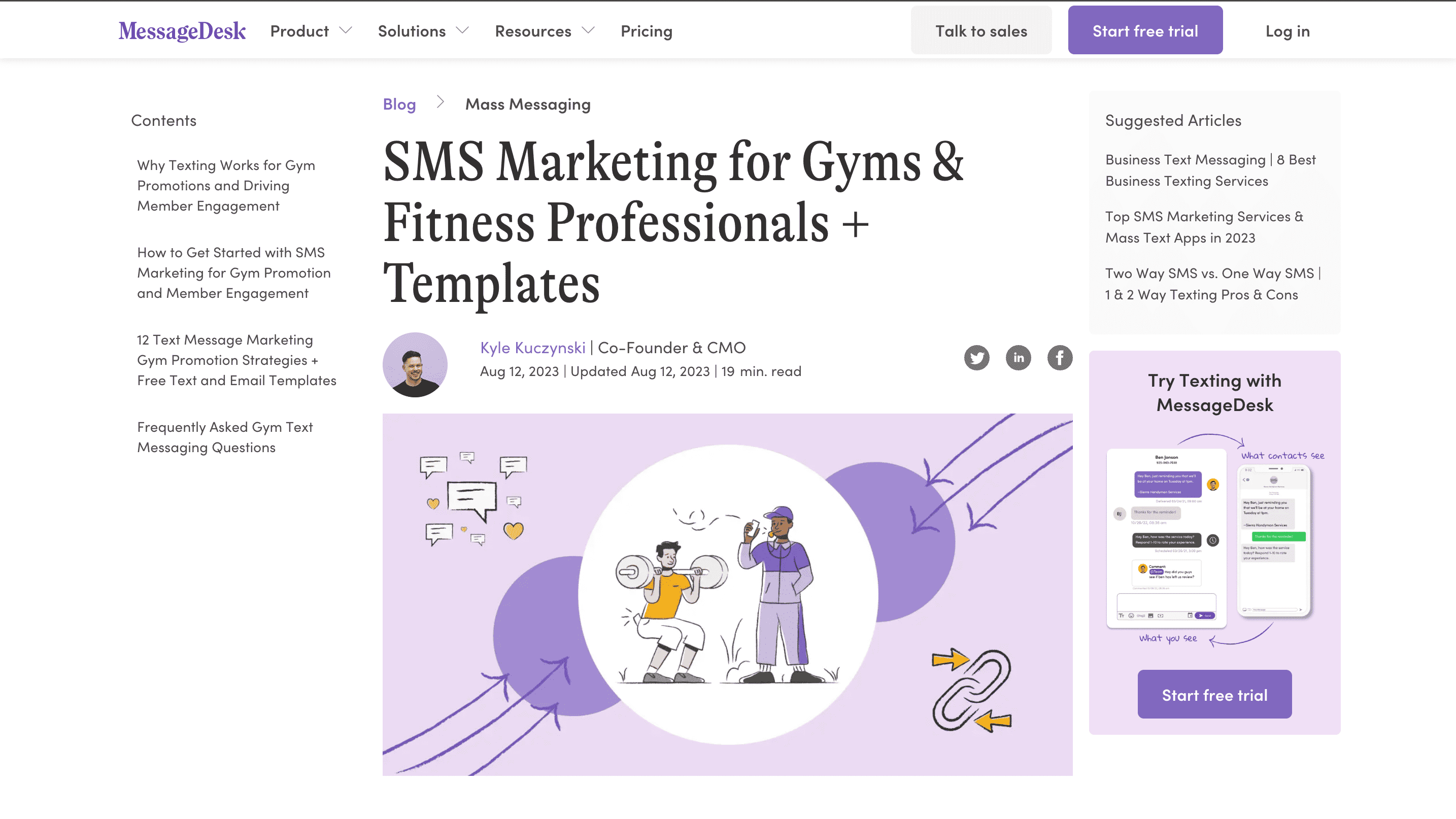
WordPress example: Ondato
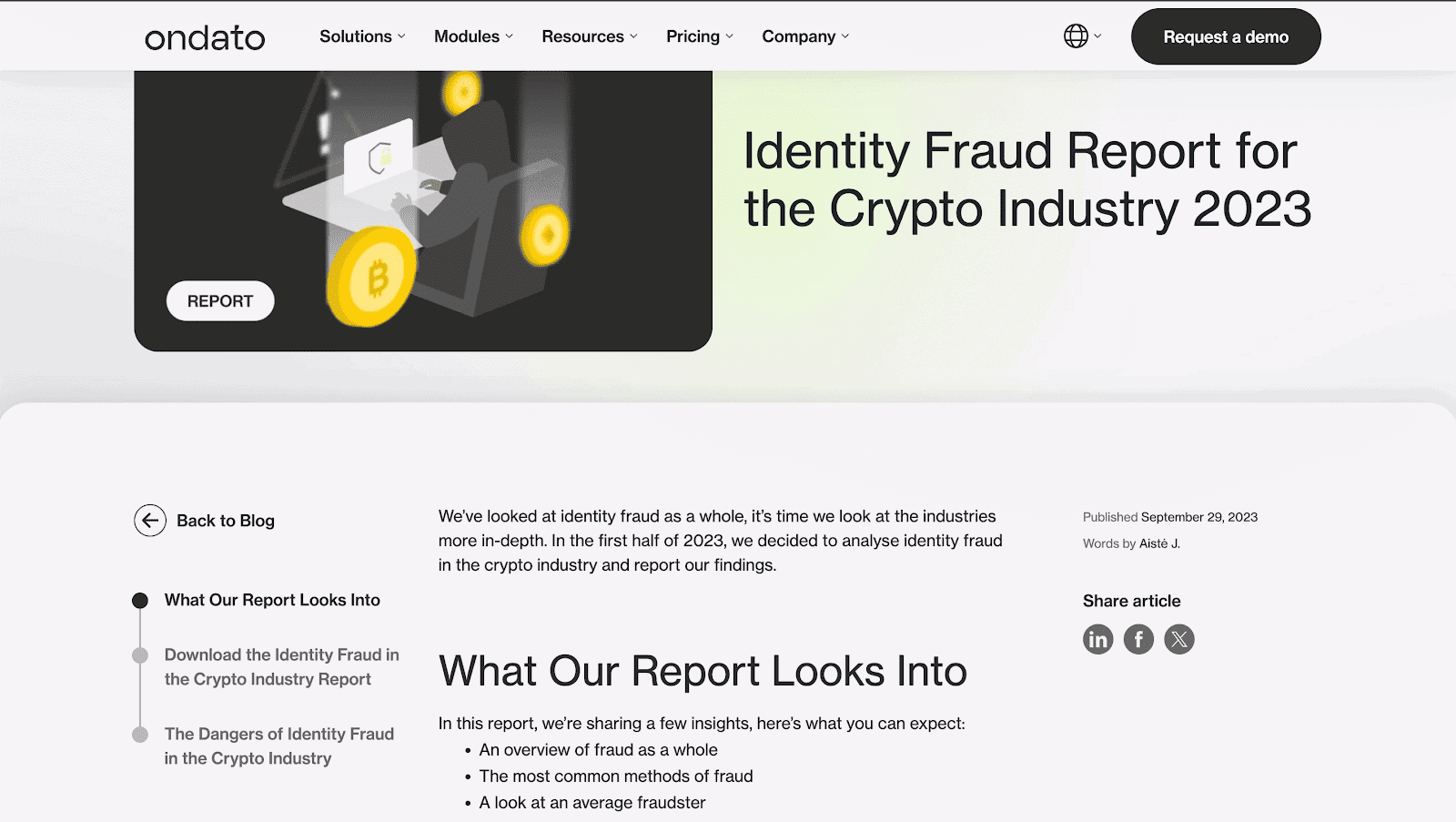
Author pages
Webflow example: MessageDesk

WordPress example: iCIMS

If your SaaS requires advanced features—like custom calculators, intricate membership systems, or unique integrations—our team often recommends custom WordPress website development. This approach gives you greater control and scalability for complex marketing funnels.
Observation 3: The best of both worlds
For a win-win combo for WordPress vs Webflow, abler uses Webflow for its main website and WordPress for its blog.
Candidate Sourcing/Recruitment Funnel: WordPress vs Webflow Approaches
More commonly utilized by the established SaaS companies rather than traction SaaS companies in our research sample, this type of funnel features a job listing page to advertise vacancies within a company.
Interested candidates are required to fill in an application form and upload their resumes to the platform, which acts as a data collection point. Upon submission of their application, candidates are directed to a confirmation page with an acknowledgment message and information on the next steps.
Webflow example: CodeMonk

WordPress example: Overproof

Observation:
While most of the Webflow and WordPress websites we reviewed have a careers page with job application forms, NONE of them use native job boards or Applicant Tracking Systems (ATS).
The WordPress sites stand to gain a lot more by utilizing proven plugins to natively build their career pages. Find out which plugins to use in Section 4.
Trial to Paid Conversion Funnel
This conversion funnel works in the following sequence:
- Visitors arrive at the landing page.
Webflow example: SmartSurvey

WordPress example: Vidyard
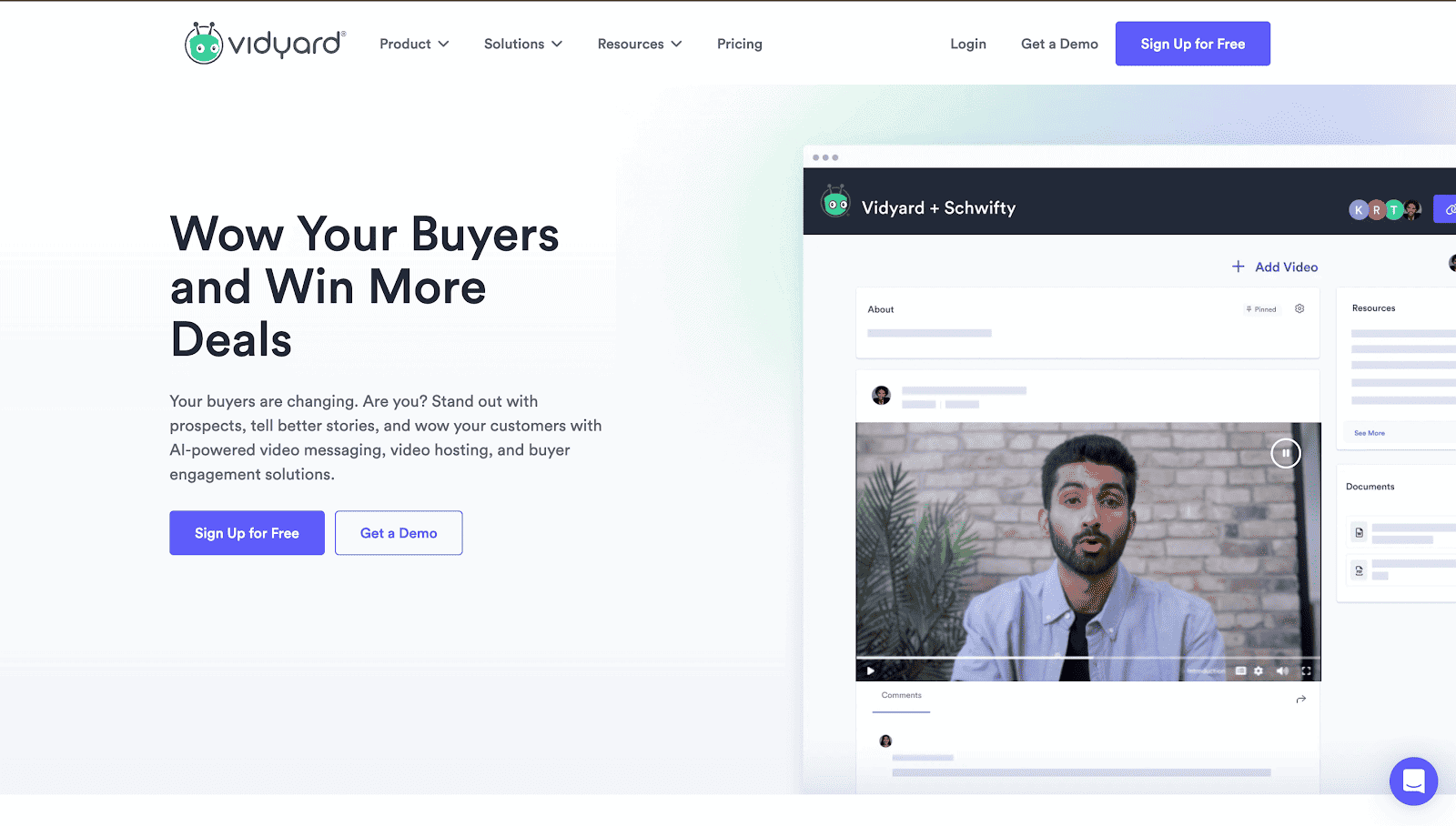
- They’re prompted to sign up for a free trial.
Webflow example: SmartSurvey

WordPress example: Vidyard

- They’re sent onboarding emails.
- When their trial ends, they’ll be required to upgrade to a paid plan.
Observation:
This is a commonly used conversion funnel amongst both WordPress and Webflow users, being one of the main avenues for generating sign-ups.
Lead Magnet Funnel: WordPress vs Webflow Approaches
Similar to the Lead Generation Funnel, the Lead Magnet Funnel requires users to fill in a contact form, but it differs by offering something of value in exchange, as demonstrated by the following examples:
Webflow example: Zenoti (Lead magnet: downloadable case study)

WordPress example: Helpshift (Lead magnet: digital report)

Observation:
While Webflow websites use both third-party forms (such as Hubspot Forms) and native Webflow forms, WordPress websites in our research use only third-party forms.
Benefits of WordPress native forms plugins include the ability to combine multiple funnels with a single form, as well as feeding the data into WordPress CRM and affiliate programs. More details in Section 4.
Glossary Funnel
A useful resource for readers, a Glossary Funnel provides an index page with an alphabetical list of technical terms and their definitions for easy reference. On the page, readers are presented with CTA prompts that direct them to other funnels such as Lead Generation, Trial to Paid Conversion, etc.
WordPress example: Helpshift

Observation 1: Usage
Only 3 WordPress websites in our research use a Glossary Funnel, while none of the Webflow websites do. On Webflow, this funnel type can be easily built using CMS items and custom fields.
Observation 2: Search capabilities
In terms of search capabilities, Webflow offers native site search, but it’s worth noting that search results will return both glossary terms as well as related content. As per the Webflow link above, it is not currently possible to create different search indexes in Webflow for different content types.
On WordPress, plugins such as Relevanssi and SearchWP enable blog index fine-tuning or fuzzy search through custom coding, which isn’t possible on Webflow.
Template Library Funnel: WordPress vs Webflow Approaches
Many websites feature a dynamic landing page showcasing their template library as the starting point in their user journey. Notable examples include Miro, Airtable, MindMeister, and LegalTemplates. Visitors are presented with quick sign-up options, followed by the usual onboarding and trial-to-paid conversion process.
Webflow example: Breezy HR

WordPress example: Vidyard

Observation 1: Usage
The template library funnel is used by 9 Webflow websites and only 3 WordPress websites in our research.
Observation 2: Webflow is more user-friendly
Both platforms are fully capable of building template landing pages with dynamic content.
On Webflow, the template data from custom fields is displayed in CMS items. The dynamic content display feature is natively available, which makes it more user-friendly and convenient.
WordPress, on the other hand, requires using plugins such as ACF to create custom fields in tandem with a plugin like Elementor to display the dynamic content from the custom field. This requires more effort compared to Webflow.
Webinar Registration Funnel
A popular content marketing avenue, webinars continue to grow in popularity, especially in the wake of the COVID-19 pandemic. A typical webinar registration funnel involves registration of participants, which is key to creating an email list for further lead nurturing activities.
Webflow example: ResMan

WordPress example: Singular

Observation:
None of the researched sites use a native Webinar solution; both the Webflow and WordPress sites use third-party services.
WordPress SaaS websites are missing out on the advantages of native webinar plugins. Read more in Section 4.
Event Registration Funnel
Similar to the Webinar Registration Funnel, this type of funnel works by recruiting event participants using a dedicated landing page.
Web visitors are provided all the relevant event details on the page, whether it’s for a conference, workshop, store launch, etc. Participants will be required to fill in a registration form with options for ticket reservation, payment, calendar integration, etc.
WordPress example: Talent(i)
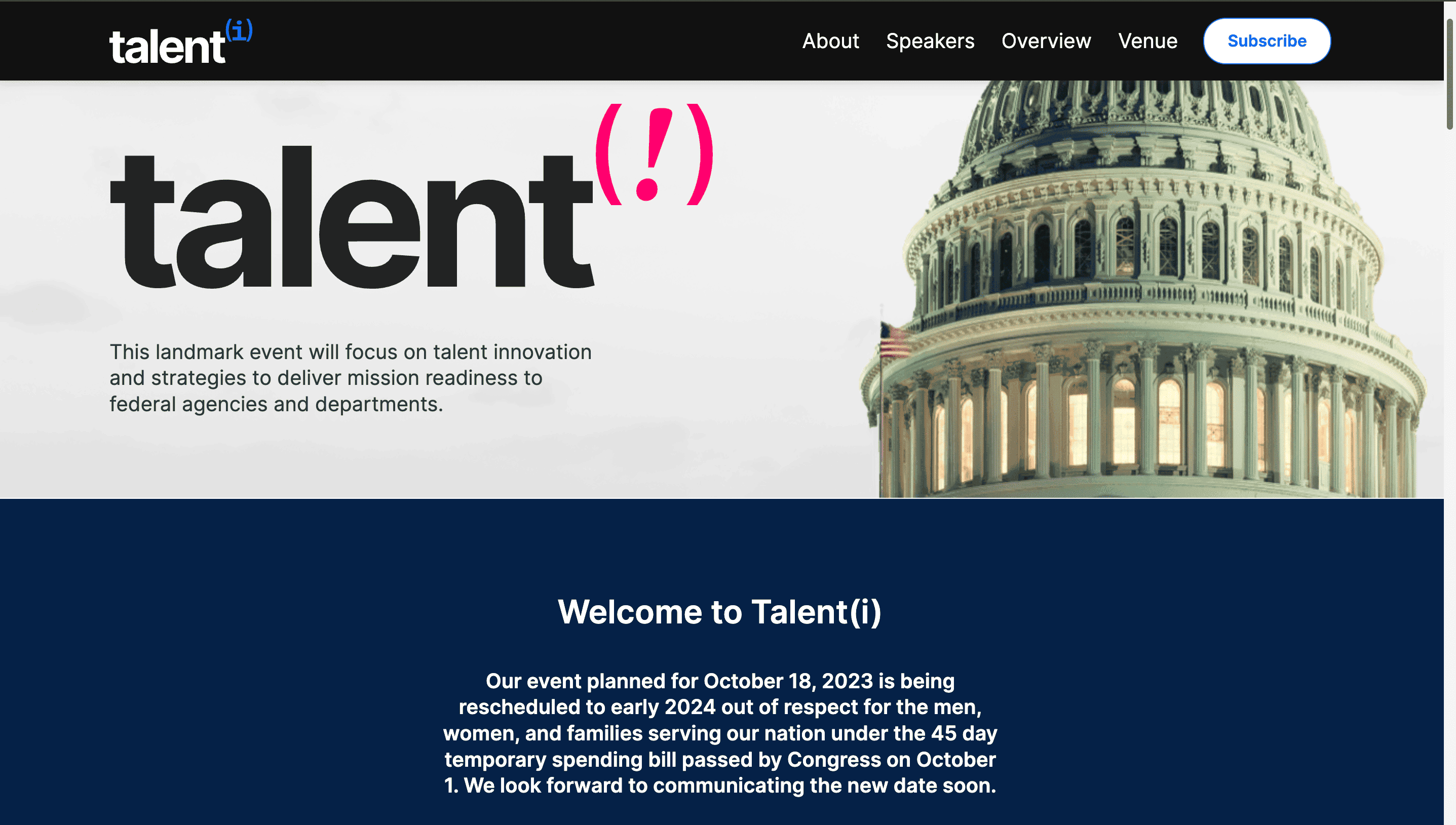

Observation:
Only 2 WordPress websites in our research use an Event Registration Funnel, while none of the Webflow websites do.
It was interesting to note that neither of the WordPress sites uses a native event management solution. Using custom-built solutions typically incurs more time and resources and doesn’t necessarily yield better results. Find out which WordPress event management plugins we recommend in Section 4.
Calculator Funnel
Providing a calculator tool on a website is an effective funnel strategy, as users can use it for free to find out the ROI potential of X,Y, Z, for example. When they’re on the page, users are prompted to take further action, such as sign up for a free trial, book a demo, download a guide, etc.
Webflow example: Cake

WordPress examples: SheerID, niikiis


Observation:
Only 2 WordPress websites and one Webflow website in our research use a Calculator Funnel.
All the calculators in the websites above are custom-built using JavaScript. In the case of Cake (a Webflow site), their three calculators utilize a combination of Webflow forms and custom JavaScript. This means that every time they need to make changes to the calculator, they’ll need to engage a developer to custom-code it. When looking at WordPress vs Webflow, this highlights a key difference—WordPress offers more flexibility for no-code solutions, thanks to its wide range of native form plugins and calculator tools.
The WordPress sites would benefit greatly from the convenience and versatility of elegant no-code custom calculators via native forms plugins. More details in Section 4.
Directory Funnel
Directory pages are useful funnels that channel leads to the relevant service provider, vendor, or property.
As demonstrated by the screenshots below, web visitors can browse all featured listings or filter by search criteria. On the single-page listing, visitors have the option of filling in a contact form or redirecting to the specific service provider’s website.
Webflow example:
Directory page with search: Beazy (Studio Spaces)

Single-page directory listing: Beazy (Deluxe Apartment)

WordPress examples:
Directory page with search: SmartRecruiters (Marketplace)

Single-page directory listing: SmartRecruiters (AJINGA)

Observation:
The directories featured in our research sample were fairly basic. WordPress SaaS websites can easily elevate their directory features to include geolocation search, scale up to millions of listings, etc, with native WordPress plugins. Find out more in Section 4.
Affiliate/Referral Funnel
Referral marketing involves sending existing customers (referers) to a dedicated landing page, where they’ll be prompted to fill in a form with their referee’s contact details. For affiliate marketing, prospects have to fill in an application form to become an approved affiliate or partner.
Webflow example:
Referral program: Zenoti
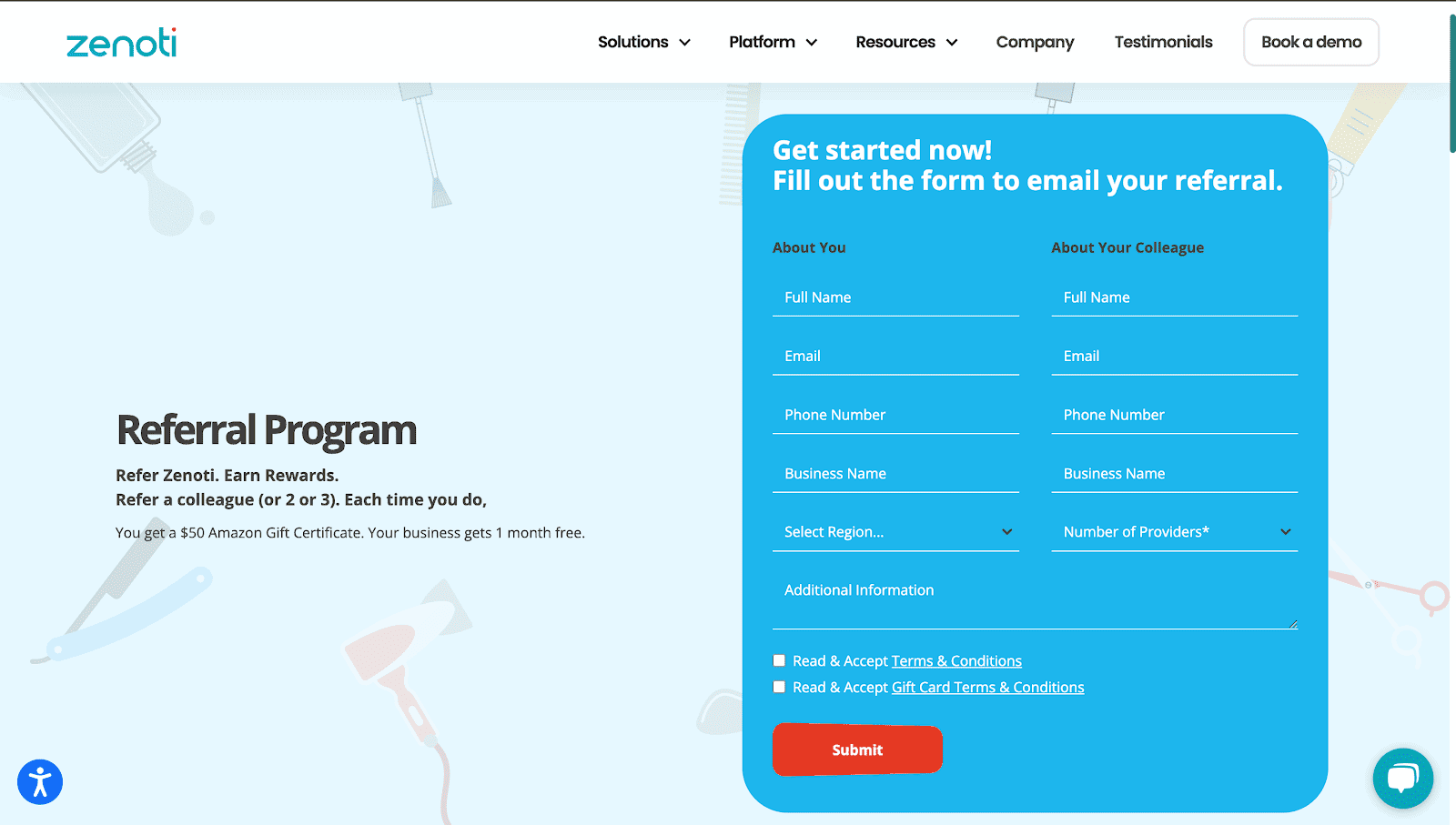
Affiliate program: Texta

WordPress examples:
Referral program: saasguru

Affiliate program: Juphy

Observation: All the websites we reviewed use third-party referral/affiliate management systems rather than native solutions. See Section 4 for our recommended WordPress plugins to get more out of your referral/affiliate platform.
Boost Your Funnel Efficiency & Save Development Cost with These Powerful WordPress Plugins
As highlighted in our observations above, the WordPress SaaS websites we studied use custom-built solutions for certain funnel types rather than leveraging ready-to-use native plugins.
Besides being much quicker and more cost-effective to set up, here are a few compelling reasons to opt for WordPress vs Webflow plugins:
Widen your talent pool
For a job board that extends the reach of your candidate sourcing funnel, go for the user-friendly, feature-packed WP Job Manager plugin.
Combine different funnels using native forms plugins
Tried-and-tested forms plugins such as WPForms, Formidable Forms and Gravity Forms are powerfully versatile and highly adaptable. They can seamlessly combine multiple funnels, e.g. Lead Magnet, Lead Generation, and Affiliate funnels, using a single form.
When data is submitted through these forms, the information is automatically recorded in the WordPress CMS, which can then be synced with a WordPress CRM such as ActiveCampaign, and the lead even credited to a specific affiliate.
Engage with your audience in real-time, via interactive webinars
Why go through the hassle of creating a webinar platform from scratch when you can easily install an all-in-one webinar plugin in minutes?
WebinarPress offers a bunch of super cool features to create a real-time, interactive experience for your users, with a range of subscription plans to suit different needs.
Out-of-the-box enterprise-level booking experience & professional event management
The time-tested Amelia and The Events Calendar are two equally elegant and multi-purpose plugins for events and appointment bookings. Designed to free you up so you can focus on growing your ticket sales or promoting your services.
Build beautiful no-code custom calculators
Did you know that you can use WordPress forms plugins to create great-looking custom calculators without any code? We recommend WPForms, Formidable Forms and Gravity Forms—the top WordPress plugins for the job. You’re welcome!
Scale up your directory capabilities effortlessly
Described as “the world’s most advanced and scalable WordPress directory plugin”, GeoDirectory is currently the only WordPress directory plugin with the capability to scale to millions of listings and handle the traffic demands that come with it.
Go big. It’s right there at your fingertips.
Save on commissions & interlink funnels using native affiliate plugins
AffiliateWP—the #1 affiliate plugin for WordPress and WooCommerce—offers a host of amazing benefits. Besides saving you a ton on third-party commissions, it enables integration of your affiliate tracking with your CRM program, attribution software, custom calculators, and much more.
In essence, AffiliateWP allows you to create uniquely powerful funnels by intertwining various funnel types.
What Industry Professionals Think of Webflow vs WordPress
You can have Webflow landing pages up within hours
“Webflow landing pages can be created in a matter of hours. The interface allows you to code visually. You still have to think like a developer, but the interface makes you very effective.”— Adrian Dascal, Webflow developer
Webflow’s lack of plugins is both a benefit and limitation
“Webflow’s lack of plugins is presented as an advantage, but it might backfire when you’d like to take your website to the next level. A plugin is a no-code solution that can cut months of work!”— Andrei Oprea, COO, WPRiders
Webflow envisions a future of accessible and empowering web development
“Webflow is not just about managing content; it’s about bringing design dreams to life with speed, without getting tangled in backend and infrastructure management. The platform is pushing for a future where web development is accessible and empowering.”— Mihai Ungureanu, Founder, PixelMakers
Webflow excels in out-of-the-box landing pages, but WordPress is the clear choice for blogs
“With Webflow, everything works out of the box when you need a landing page—the hosting, the security. When you are building a SaaS website you only have landing pages and funnels. If you need Blog and Content, then you need a CMS and for this I go with WordPress.”— Adrian Vlasiu, Lead Growth B2B, Witco
WordPress offers flexibility and versatility with its sheer amount of plugins; Webflow by contrast is a closed platform
“One thing that keeps taking me back to WordPress is that there are so many plugins out there for WordPress.
If you have a specific way you want to do a membership, with WordPress there are already 10 possible options to do the membership. Whereas Webflow probably has one way to do memberships.
The advantage of WordPress in this Webflow vs WordPress competition is not cheap programmers; it’s the sheer amount of plugins. If I want a more sophisticated blog, or e-commerce, or membership, I can do it with WordPress.
Webflow is a closed platform; if you don’t like the platform or the company, you are stuck with them.”— David Gaz, CEO, The Bureau Of Small Projects
It is marketed as a no-code website builder, but you still need a developer for site adjustments
“Webflow is a very effective tool, but it has some limitations which, in some projects, were real road bumps:
- max 10k characters for custom code
- max 100 static pages (not for CMS items)
- max 10000 CMS items
- max 300,000 monthly visits or else, you need an expensive Enterprise plan
- max 20 CMS Collections
The learning curve is very high. To adjust the website, you still need a developer. You’d normally expect this from a WordPress website, but with Webflow this is usually a surprise.”— Anonymous Webflow Expert
Webflow vs WordPress for SaaS Funnels: Recap
Here’s a quick recap to sum up our findings on how Webflow compares to WordPress for SaaS funnels.
Use WordPress for comments on blog posts
User-generated content—such as comments on blog posts—is valuable data for marketers. On WordPress, logged-in and anonymous commenting are natively built-in, making the data your property.
On Webflow, commenting is not a default feature. It requires custom-building or third-party services, which places conditions on your access to the data.
Glossary funnel and content searching is more comprehensive on WordPress
WordPress allows a dedicated search for Glossary terms separate from the main blog search, while Webflow only offers a general search index across all content types.
Template library funnel is more user-friendly on Webflow
Our research shows that Webflow offers a more cohesive and user-friendly interface for building dynamic landing pages showcasing template libraries. Compared to WordPress, Webflow is the better choice for template library funnels.
WordPress SaaS websites are losing out by not utilizing native plugins
Custom-coding these funnels from scratch is not just time-consuming and costly, but highly inefficient when there are powerful plugins pre-built and easily customizable and adaptable to different needs.
Being made for WordPress, these plugins are versatile and create added value with useful integrations and intuitive features.
WordPress vs Webflow: Maintenance, Retainers, and Real-World Costs
Also, while WordPress offers an extensive ecosystem of plugins and robust functionality, it’s also important to plan ahead for monthly WordPress maintenance. Many site owners opt for a WordPress monthly retainer or enlist a WordPress consultant to handle regular updates, security patches, and performance checks. This proactive approach helps keep your site running smoothly and minimizes [web maintenance costs] over the long term.
Was this review helpful for you? What other aspects of Webflow vs WordPress play a role in your decision-making? Feel free to share your thoughts with us by contacting us.
If you’d like to learn more about our research above or need advice on a WordPress or Webflow project, please reach out!


